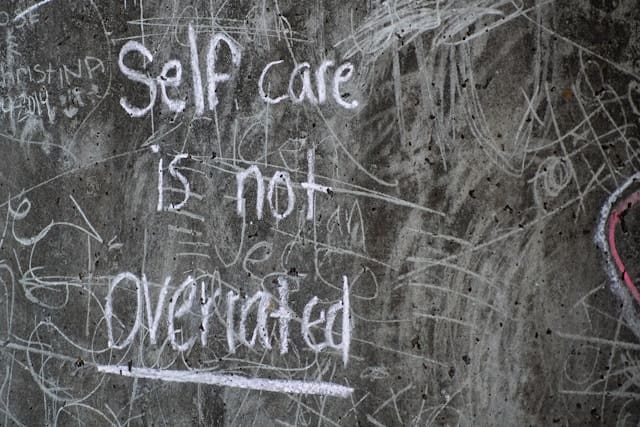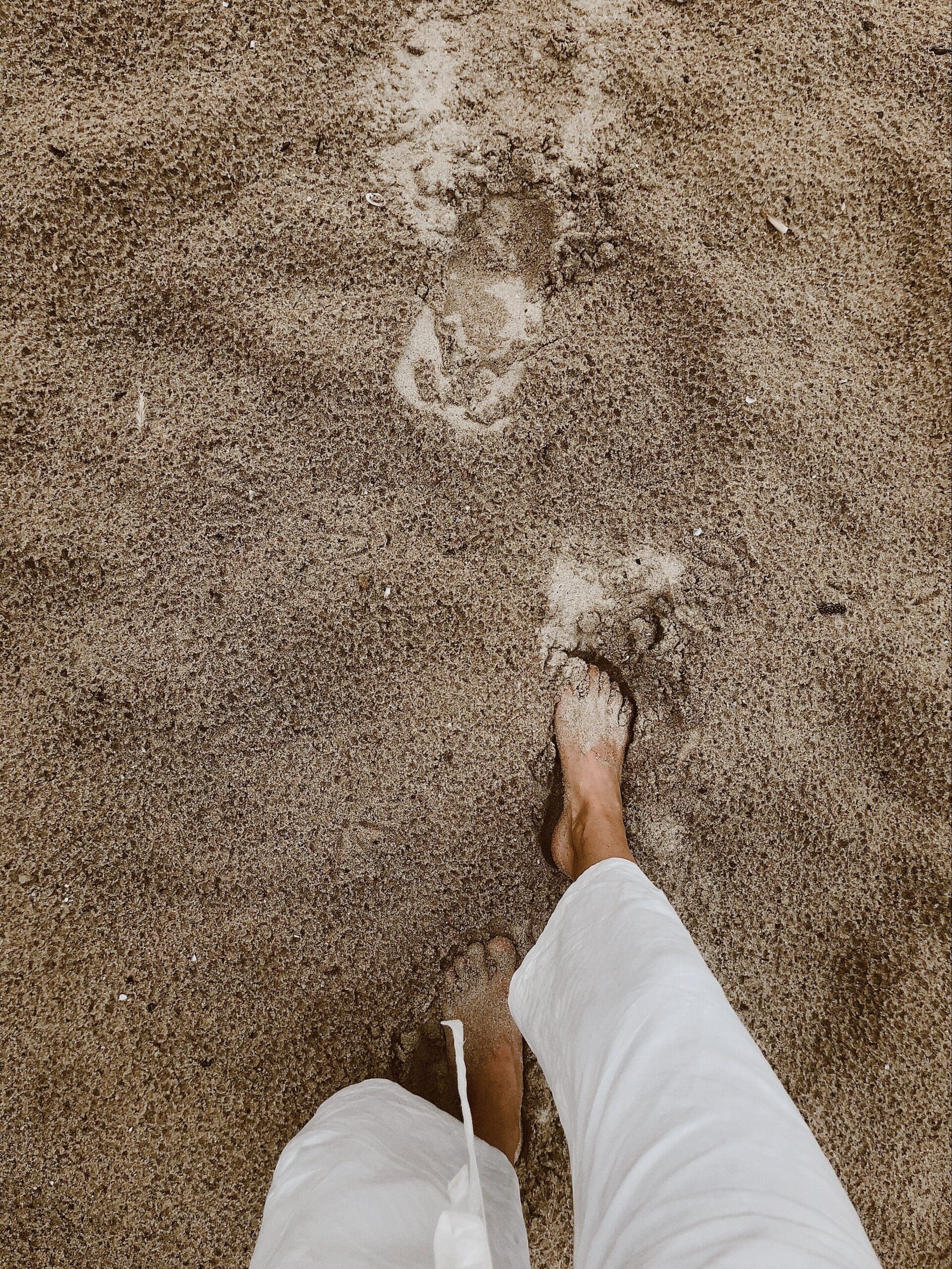Some days, the tension shows up before you even know why.
For me, it often starts as a flutter in my belly, as if something urgent just happened, even while I’m quietly sipping tea. Other times, I notice my shoulders are tight, as if I’ve been carrying the weight of too much without realizing it. And there are moments when my whole body feels in a rush, unable to slow down.
That’s stress in the body. Subtle, quick, and often ignored until it builds into pain or exhaustion.
What stress in the body really means
Stress isn’t just in the mind. It’s a full-body response, designed to protect us. Biologically, it’s the same reaction that once helped us escape danger: fight, flight, or freeze.
A little stress can actually sharpen our focus. Think of the deadline that makes you finally finish the task. But when stress stays too long, or comes too often, it tips over into tension and depletion.
The tricky part is that your body signals stress long before your mind names it. Shoulders clamped tight. Breath stuck high in the chest. Belly fluttering like a trapped bird. If you don’t pause, you miss the signal and the stress keeps layering in.
Why chasing “why” makes stress worse
I used to think that if I could just figure out why I was stressed, I could fix it. But in practice, chasing the story often pulled me deeper into the problem.
The turning point came when I allowed myself to stop analyzing and instead asked: What does my body need right now?
The moment I accept “this is where I am,” even if I don’t like it, space opens. In that space, calm has a chance to return and often a small, doable step forward appears. It’s less about solving the whole problem, more about supporting myself in the moment.
How to release stress from the body in five minutes
Here’s a three-part sequence you can use anywhere:
- Slow down. Whatever you’re doing, cut your pace in half. If you’re walking, stroll instead of rushing. If you’re moving your hands, move them with purpose and slowness. Your body will take the cue that it’s safe to calm down.
- Shake it out. Shake your arms, your legs, even your hips. Dogs instinctively do this after stress and it works for us too. You might even laugh at yourself, which is part of the release.
- Lengthen your exhale. Breathe in normally. Then breathe out twice as long as you breathed in. For example, in for two, out for four. This simple ratio directly signals your parasympathetic nervous system to relax.
Practiced together, these three steps help your body discharge the tension that would otherwise stay stuck.
What to do when stress hits in public
Of course, you can’t always shake like a dog in the middle of a meeting. That’s why practice matters. The more you ‘train’ your body with slower breath and pace, the easier it is to use discreet cues in public.
One I use: soften the tongue. The moment I unhook my jaw and let my tongue rest, my whole system loosens a little. Combine that with a longer exhale through the nose, and no one around you will notice. But your body will.
After-release care: letting emotions move
When stress leaves the body, emotions can rise. Tears, frustration, even unexpected relief. That’s not failure; it’s release.
Here are three micro-resets I return to after stress shifts:
- Rest under a blanket. A short nap or simply sitting wrapped up tells your system it’s safe now.
- Step outside. Fresh air and the sound of birds or leaves can re-anchor you.
- Comfort yourself. Place your hand where you felt the tension – chest, belly, shoulders – and breathe. Like you’d soothe a child, you’re soothing yourself.
If emotions feel strong, try the emotion surfing process I shared in an earlier blog. And remember: it’s okay to cancel plans or step back for the day. Self-care is also care for the people who rely on you.
Grounding in nature
One of my favorite ways to reset is lying down on the earth, even in winter if the ground is dry. Feeling the soil hold me, I imagine roots growing from my body into the ground. It reminds me: I am carried. I don’t have to hold it all myself.
Closing
Stress will always show up. In our thoughts, our bodies, our lives. But you don’t have to wait until it breaks you down. You can release it in small, body-first ways, and let calm return.
If you’d like a simple place to start, try my Selfgentleness Starter Guide + Meditation. It includes the foundational “tuning in” practice that helps you notice your body’s signals before stress takes over. You can download it here.
Take one slow breath now. Your body knows how to come back.
All love, Femke




